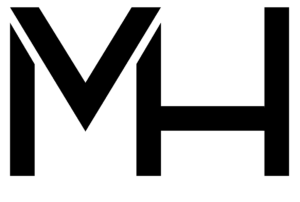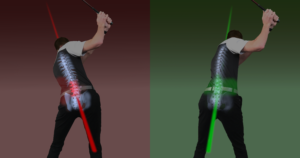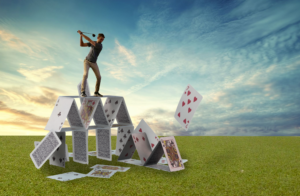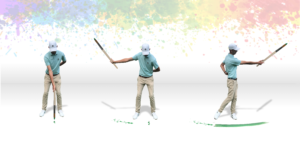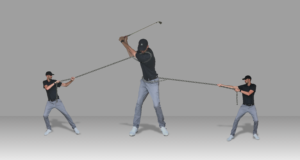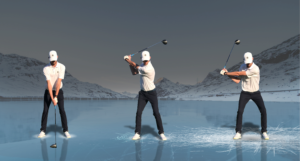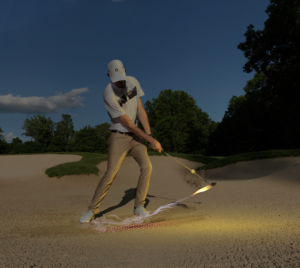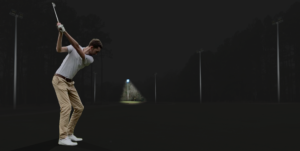Reverse spine angle in the backswing is one of the prime causes of lower back pain in the golf swing. As a TPI certified professional, my instruction is aligned with stable, injury free motions. Here we will discuss the reasons why the reverse spine angle motion can lead to back pain and a severe loss of power. I will also go over some preferred adjustments to get in a more stable powerful position.
What is Reverse Spine Angle?
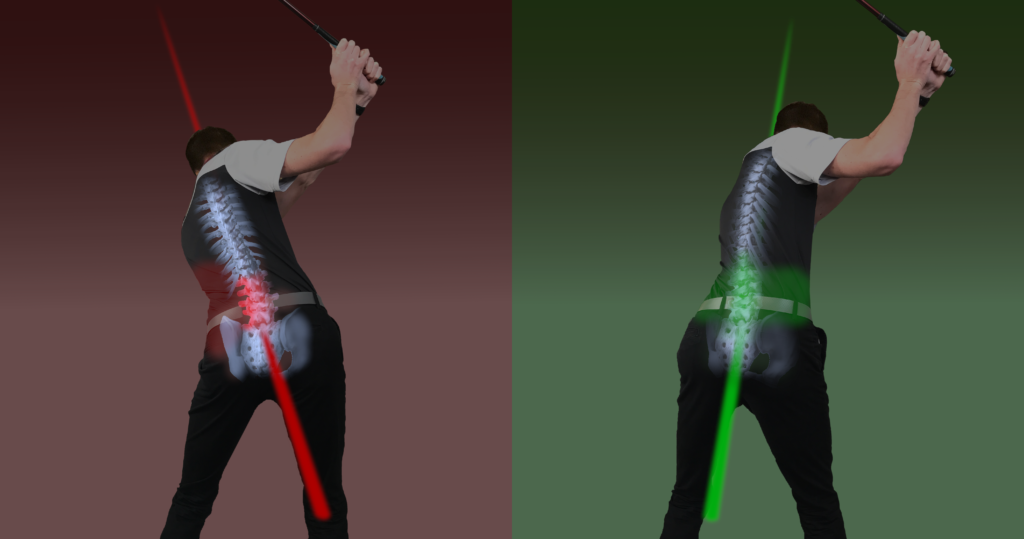
Reverse spine angle is when the upper body excessively leans (backward bends) toward the target at the top of the backswing. This unstable position puts a lot of stress on the lower back, and forces the torso to play a more dominant role in the remainder of the swing.
There are a few causes of this motion, from improper equipment, to inefficient biomechanics or physical limitations such as;
- Poor hip mobility
- Weak core muscles
- Lack of lower body disassociation
Why does reverse spine angle cause back pain?
As the head moves target side of the pelvis at the top of the swing, the lower torso is put under a lot of stress. As we get to impact the body compensates for the poor move at the top by reversing the pattern. This creates a crunch factor in the lower back at impact. This intense pressure applied over many swings will inevitably lead to physical problems.
Swing Improvements
Establishing sufficient stability and balance through out the swing will significantly help this swing fault. Keeping the pelvis under the torso will distribute stress evenly in the lower back. Here is an article that explains this further;
Resistance and Separation in the Golf Swing
If you have physical pain during the swing consult with a TPI instructor or fitness trainer. These professionals will conduct a physical screen to identify any physical limitations that could impede your ability to make an appropriate turn. Any limitations should be addressed with a suitable fitness program.
